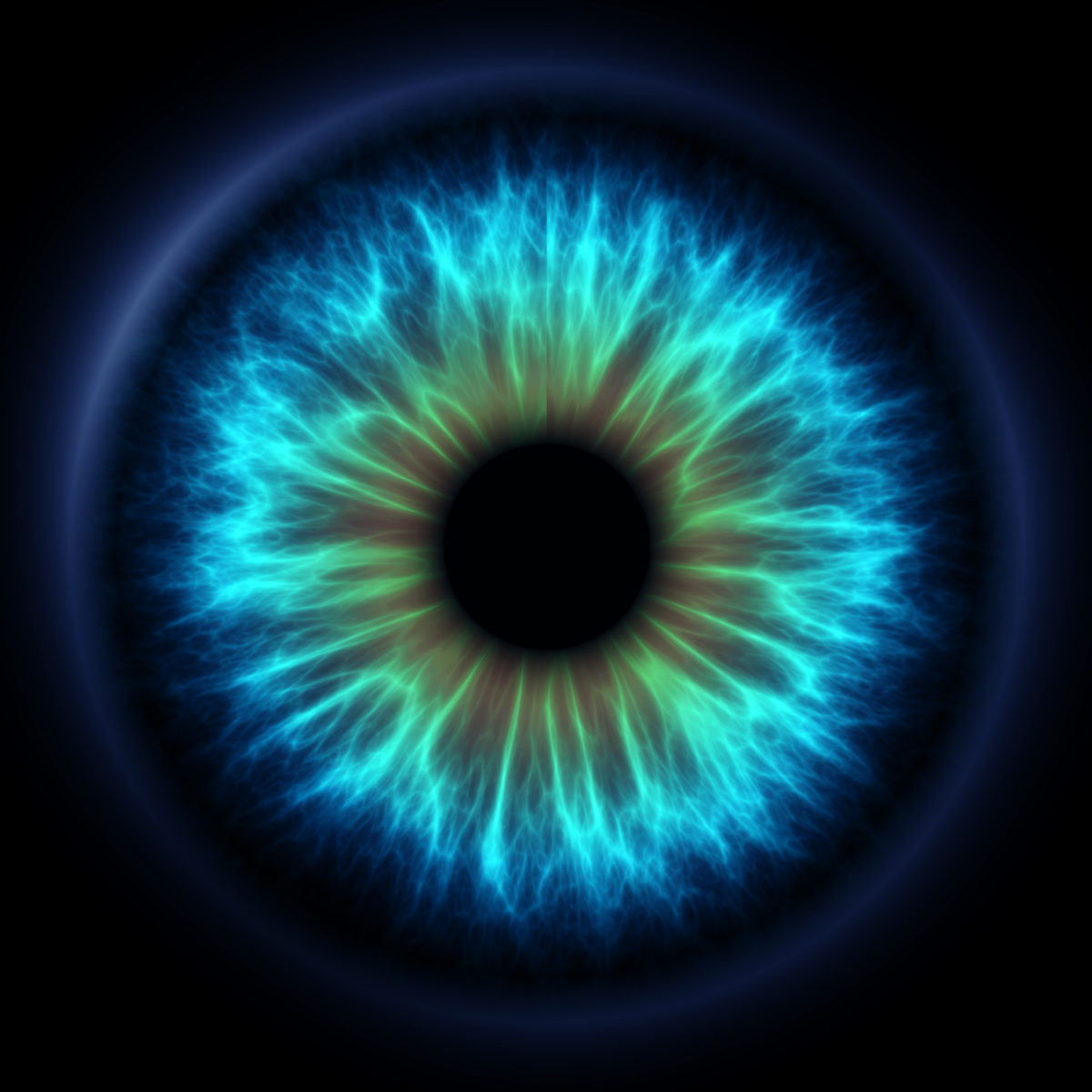Glaucoma is a group of eye diseases that can cause irreversible vision loss and even blindness if left untreated. Detecting glaucoma can be tricky, because some forms of glaucoma cause very subtle symptoms or no symptoms at all, until it is too late to save vision. But when caught early, doctors can slow and manage the disease and related vision loss.
Because the team at OCLI Vision cares about your eye health and vision, we want to educate you about some of the signs of glaucoma. If you experience any of these symptoms, we encourage you to schedule an eye exam as soon as possible — or, as we will discuss below, go straight to the emergency room.
Glaucoma At a Glance
The eye is constantly producing fluid to keep it nourished, and has a built-in drainage system for the fluid to leave the eye. In a healthy eye, there is a balance between the amount of fluid produced and the amount of fluid that leaves the eye.
But if the drainage system becomes blocked, or the eye produces fluid too quickly, the fluid builds up, increasing pressure within the eye. The optic nerve, which is located at the back of the eye and sends information to the brain, is most susceptible to damage from elevated intraocular pressure. And when the optic nerve is damaged, it can cause permanent vision loss.
The Signs and Symptoms of Glaucoma
The most common type of glaucoma is open-angle glaucoma, which develops gradually as the eye’s drainage canals become clogged over time. There are usually no telltale signs of angle-glaucoma, as it develops very slowly. People with open-angle glaucoma may experience blind spots in their peripheral or side vision, but it may be very subtle. Other symptoms of open-angle glaucoma include halos around lights and increased sensitivity to light.
Angle-closure glaucoma is a rare, serious type of glaucoma that develops very quickly and without warning as the drainage canals close and intraocular pressure rises dangerously. The symptoms of angle-closure glaucoma are more noticeable and include severe pain in the eye and head, accompanied by nausea and vomiting. Other symptoms include hazy or blurry vision, circles around bright lights and sudden loss of sight.
What to Do If You Experience These Symptoms
If you experience any of the symptoms of angle-closure glaucoma, you should go to the emergency room for immediate attention, as this is considered a medical emergency and your eyesight is at risk. If you notice blind spots in your peripheral vision, halos or sensitivity to light, you should be screened for glaucoma as soon as possible to identify the source of the problem.
Call OCLI Vision at 833-509-6254 or request an appointment online.
